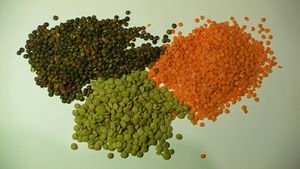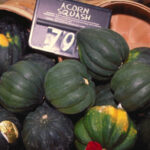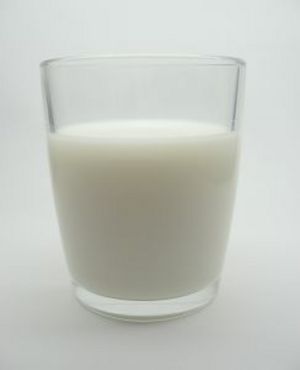By eating any or a combination of these tasty foods to your diet you can increase your fiber intake without the use of dietary supplements.
What is Fiber?
There are two kinds of fiber, and both should be included in your diet. One type of fiber is soluble fiber, found in carrots, squash, apples, beans, barley and oats.
The other type of fiber is insoluble fiber. Insoluble fiber is found in bananas, lentils, nuts, seeds, strawberries and green beans.
Why is Fiber Important?
Eating fiber daily can contribute to overall health. According to the Harvard School of Public Health, “fiber appears to reduce the risk of developing various conditions, including heart disease, diabetes, diverticular disease, and constipation.
How Much Fiber Should You Have Each Day?
The recommendation for women under age 50 is 25 grams. For men in the same age group, 38 grams. For women 50 and over the recommendation is 21 grams, and 30 for men. (Institute of Medicine)
Are you getting enough? Because according to USA Today, “studies show average adults consume about 15 grams of fiber a day”
So how can you change that and increase your fiber intake without having to swallow some grainy orange powdery concoction? Add more fiber-rich foods to everyday meals.
11 Foods to Increase Your Fiber Without Dietary Supplements
Apples – Apples are a plentiful, relatively inexpensive food. Apples can be eaten plain and whole, or sliced up an used in fruit salad or a Waldorf Salad. Apples also bake well, and can make a fiber-rich dessert when sprinkle with oats. Apples can also be paired with chicken or pork in basked dishes. One whole apple when eaten with the peel in tact can have 3.7 grams of fiber.
Beets – When you eat from a salad bar, go for the beets. If you enjoy the earthy sweet flavor of beets, keep a couple of cans on hand. They make for a different and satisfying snack. One cup of cooked canned beats contains three grams of fiber, no fat, a mere 49 calories, and a healthy dose of iron (16% PDA for a 2,000 calorie diet).
Blueberries – Raw and fresh blueberries can be tossed onto cereal, a slice of cantaloupe, or a fruit salad. They can also be enjoyed just as they were grown, au naturel. One cup of fresh blueberries have a surprising four grams of fiber. Blueberries also provide Vitamin C, and are fat-free.
Carrots – Carrots are an easy staple to toss into soup, stir fry, stews, slow-cooked meals, and can accompany roasting meats. They can also be eaten raw in salads, or as a snack. One whole raw carrot (not a baby carrot) has four grams of sugar, no fat, 52 calories, and 430% DVA of Vitamin A.
Nuts and Seeds – Nuts when eaten in moderation are a good way to snack and feel full, and add fiber to your diet. The best way to add nuts to your diet for fiber is to find unsalted, natural nuts, sometimes sold in bulk, or packaged at the local grocery store. Almonds can be tossed onto salads, or roasted and tossed into rice or pasta. Or eat them as a snack. One ounce of almonds has three grams of fiber, 167 calories and 15 grams of fat.
One ounce of sunflower seeds (159 calories, 13 grams of fat) contains five grams of dietary fiber.
Lentils – Lentils are an easy add to the diet when they are thrown into a stew or soup. One cup of lentils has 16 grams of fiber, plus 18 grams of protein and 37% of the DVA of iron.
Oatmeal – Oatmeal is the king of breakfast in the fiber department. Forget the the English Muffins, the donuts (sorry Krispy Kreme), and the toaster pastries. One packet of plain oatmeal has three grams of fiber. Add some apple, strawberries an blueberries and you have a nutritious, vitamin-rich and fiber-happy breakfast.
Pears – Raw pears can be eaten as a snack. Or bake a pear with some oats. A pear can also find its way into Jell-o or other gelatin-based dessert. Pears are delicious in a fruit or green salad. One whole pear has five grams of dietary fiber.
Rice – It’s time to trade in the white rice for brown rice, at least every other time you eat rice. One cup of cooked medium grain brown rice has four grams of fiber, compared to one gram of fiber in the same amount and grain size of white rice.
Strawberries – Fresh strawberries can be eaten whole or sliced, added to blender drinks, to a fruit salad, to cereal, to top a whole wheat bagel (without the cream cheese), or they can be added to a regular green leaf salad. One half cup of sliced fresh strawberries will only add 49 calories to your daily caloric intake. It will also add three grams of fiber.
Whole Grain Breads – Trade in the white breads for whole grain breads. One slice of whole grain bread contains three or more grams of fiber.







